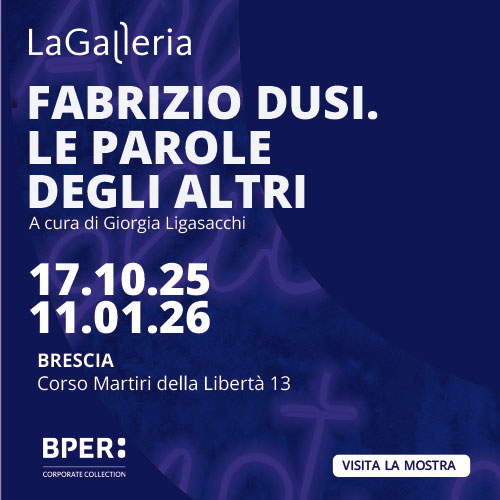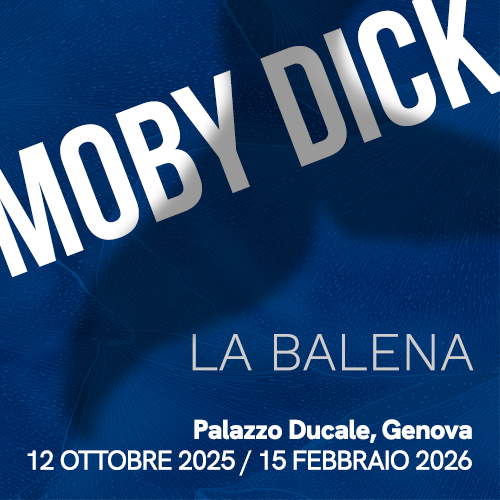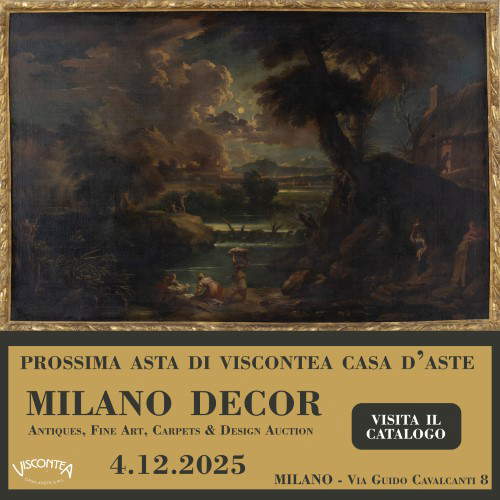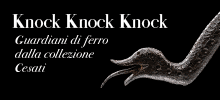
Bruges and its masters: a tour of art and history
A unique itinerary to discover Bruges and its artistic treasures: from St. John's Hospital Museum to the Groeninge Museum, a journey through history, architecture and digital interactivity that brings the great Flemish masters to life.
By Redazione | 22/10/2025 20:16
The city of Bruges, in Flanders, has held a prominent position among the most significant centers in Europe for centuries. Its extraordinary historical richness is eloquently reflected in the many works of art created by the artists who chose this city as their home and source of inspiration. The "Bruges Masters Tour " is designed to offer visitors a route through six key destinations, all intrinsically linked to the artistic and cultural history of this globally resonant metropolis.
The itinerary, which can be conveniently followed on foot using the free Visit Bruges App (available for Android and iOS systems), is specifically mapped out to take visitors on a discovery of the places where the Flemish Masters left their mark. In addition to providing detailed information about the sites of interest, the app also offers helpful hints along the way.
The journey can begin at St. John's Hospital Museum (Sint-Janshospitaal Museum), a complex that preserves the architecture of a medieval hospital. This historic setting serves as the setting for four essential works by Hans Memling, all of which are included in the prestigious list of Flemish masterpieces. Five hundred years after their creation, these works continue to shine in their original locations. The collection includes the monumental Triptych of John the Baptist and John the Evangelist, which still inspires deep admiration today. Also found here are the imposing Reliquary of St. Ursula, considered a unique piece within Memling's production, and the sophisticated Triptych with the Adoration of the Magi, illustrating the youth of Christ, flanked by the touching Lamentation of Christ, remarkable for its intense expression of humanity. A visit to St. John's Hospital is enriched by a modern installation that combines the historical theme of medical care with contemporary art: the highlight is the Closer to Memling Experience, an installation that invites imagination and, through interaction, allows Memling's art to come to life.
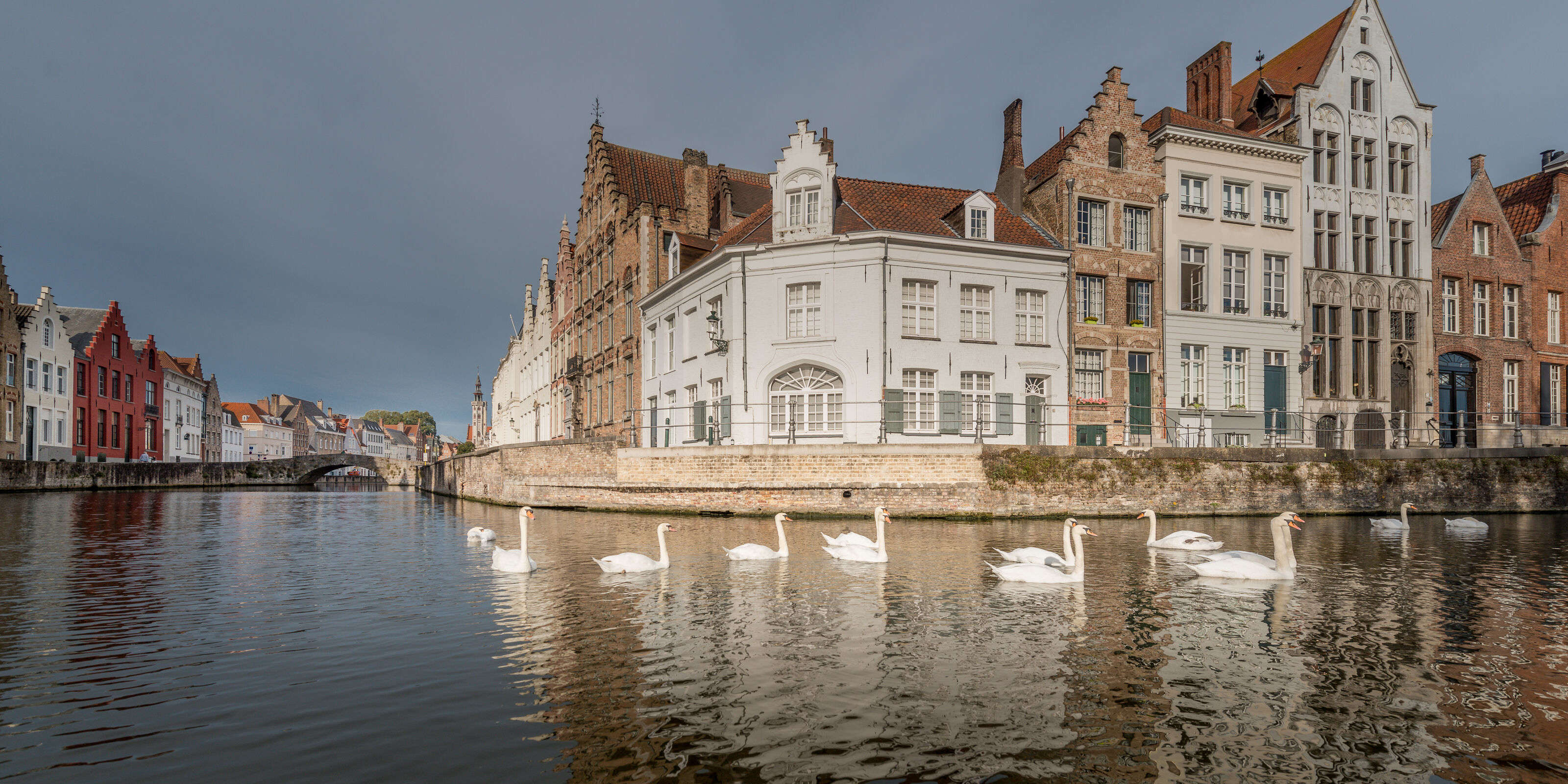

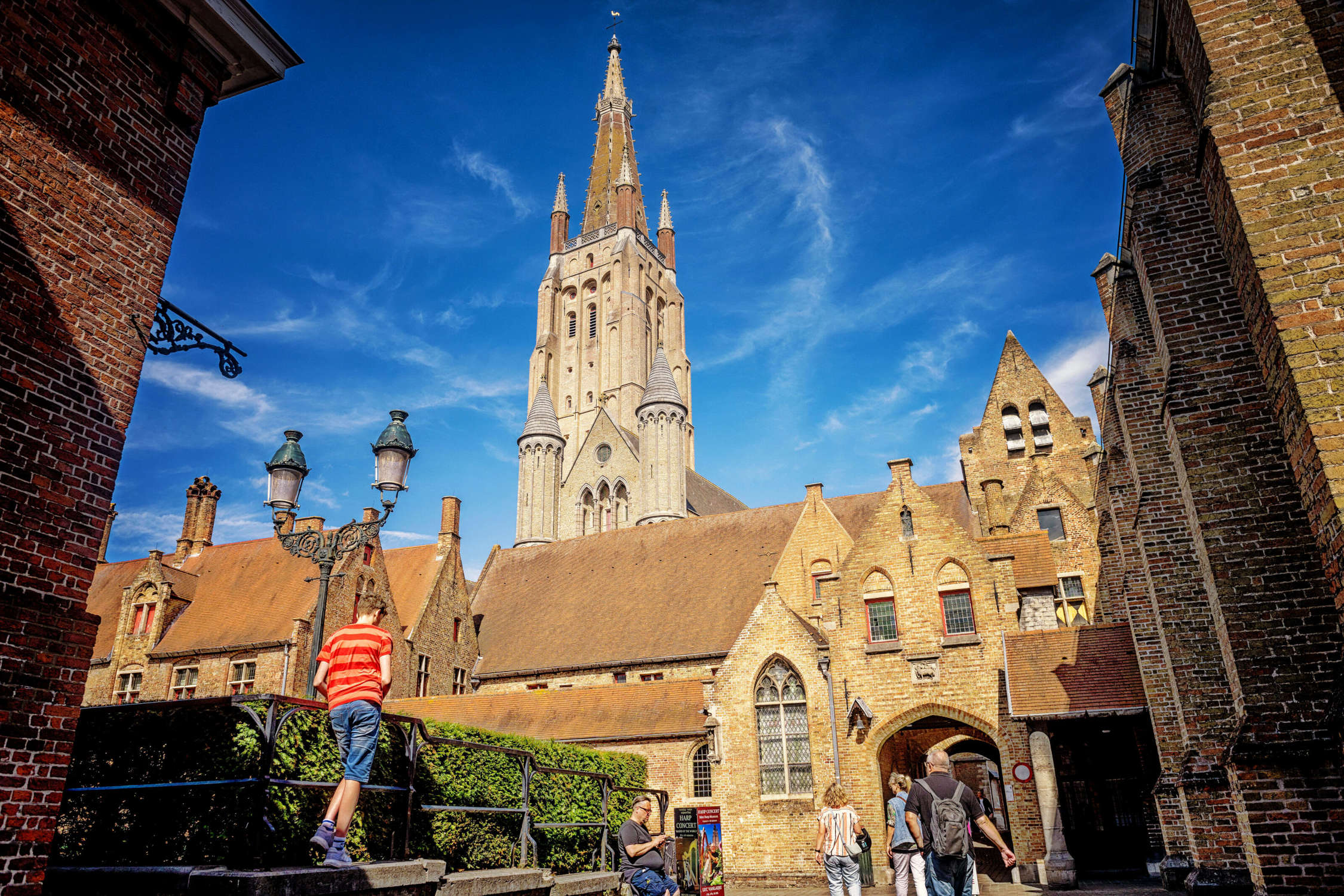
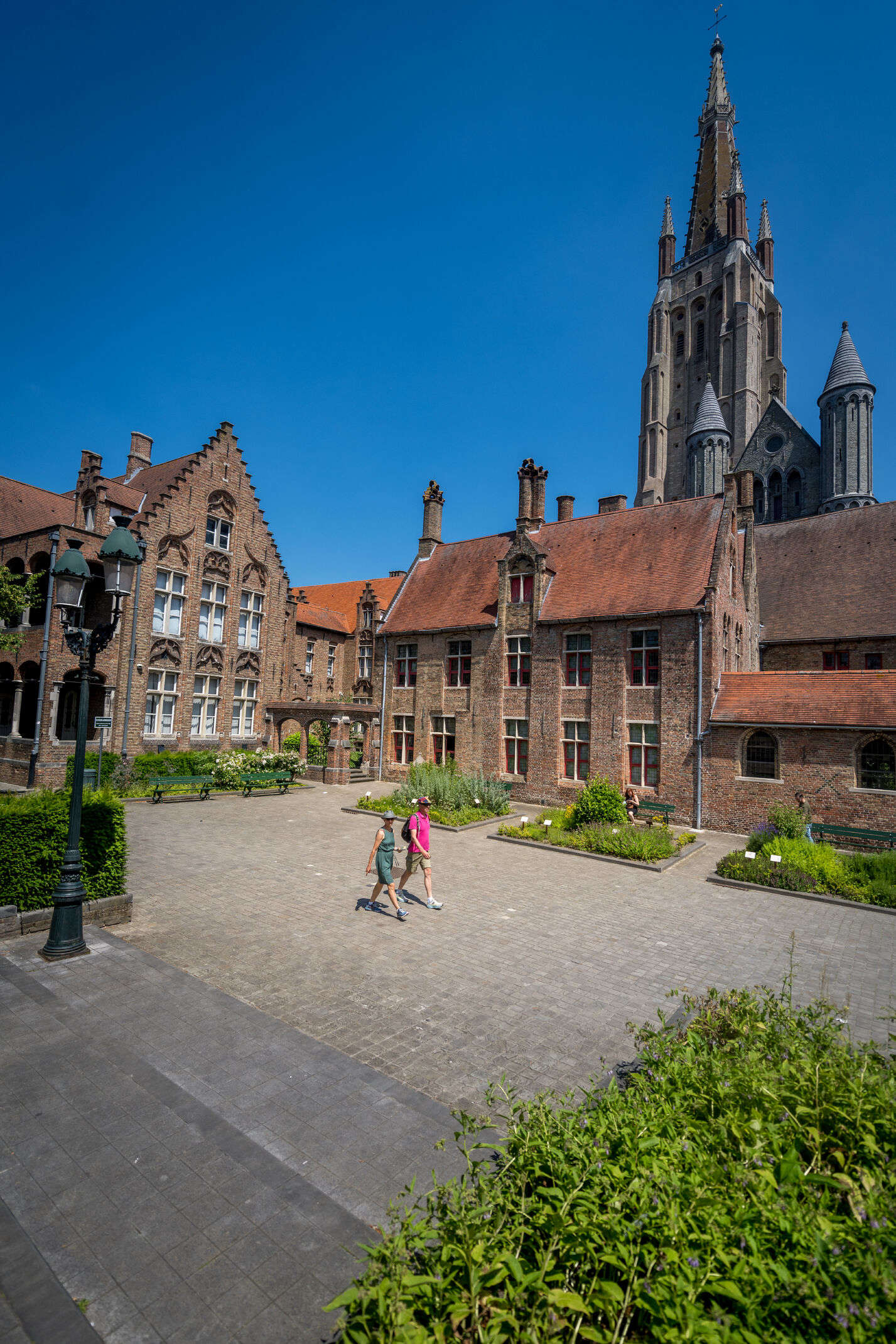
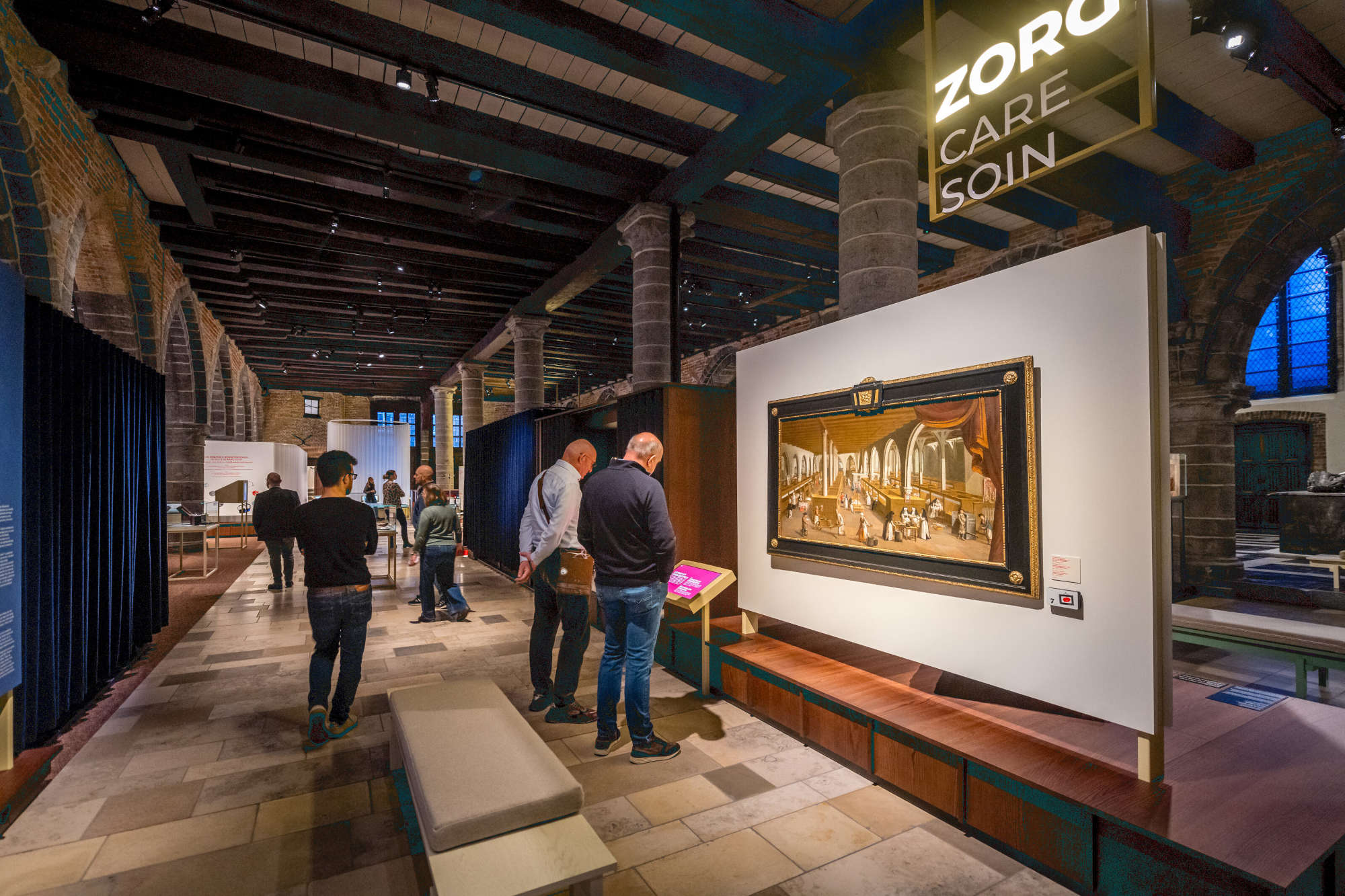
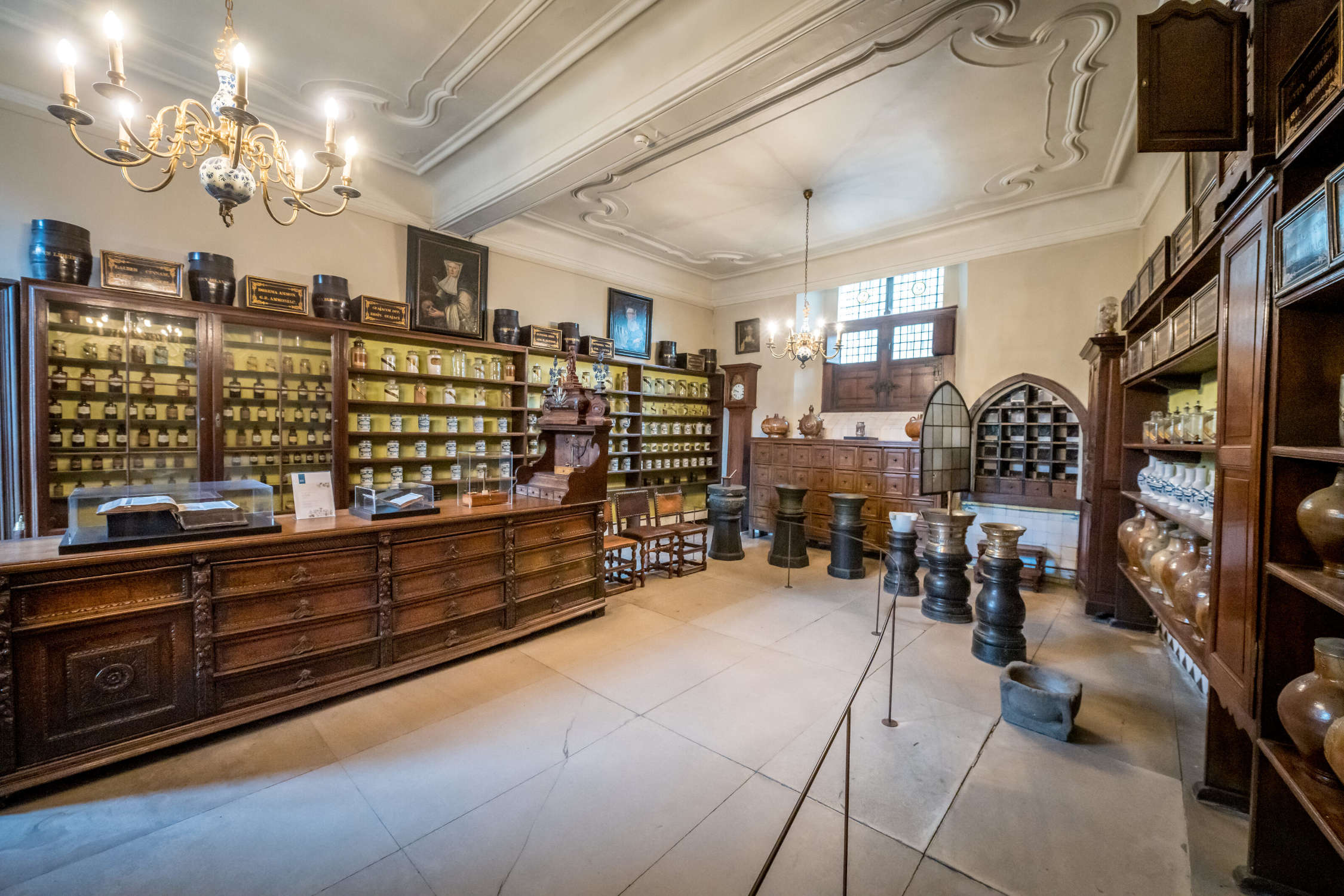
The Closer to Memling Experience, sponsored by Musea Brugge, takes place in the beautiful attic of the Sint-Janshospitaal Museum. This interactive, audiovisual installation is designed to make the master's works accessible in a playful way, bringing the celebrated artist closer to children and adults alike. Upon entering the attic, visitors feel as if they are entering a parallel dimension. The experience is accompanied by sounds inspired by the polyphonic music that was in vogue in Memling's time. Participants are invited to take a seat at a hands-on table, thus immersing themselves in the master's pictorial universe. Using one's own creativity, one can work out personal versions of the paintings, creating a true figurative "resurrection" of Memling. And still on the subject of St. John's Hospital, visitors can also explore the old pharmacy located in the former cloister of the confraternity, where the nuns made medicines from 1653 to 1972. Contemporary artist Giuseppe Penone dedicated a tribute to this place.
An additional tip for art enthusiasts is a visit to the Groeninge Museum, which boasts one of the world's finest collections devoted to Flemish Primitives, and the 15th-century Adorno Estate, a cultural gem in the heart of Bruges. Its history is told by the stately mansion, the tranquil garden and the renowned Jerusalem Chapel. The estate was owned by the wealthy Genoese Adorno family: Peter II Adorno built the original chapel with papal permission, and later his son Anselm replaced it with a faithful reproduction of the Church of the Holy Sepulchre in Jerusalem, also adding charity cottages. The chapel houses the mausoleum of Anselm and Margaret, a remarkable masterpiece of Burgundian art. Despite the changes it has undergone over the centuries, the Adorno Estate has kept its vocation for faith and knowledge central, offering a singular synthesis of architecture, history and art.
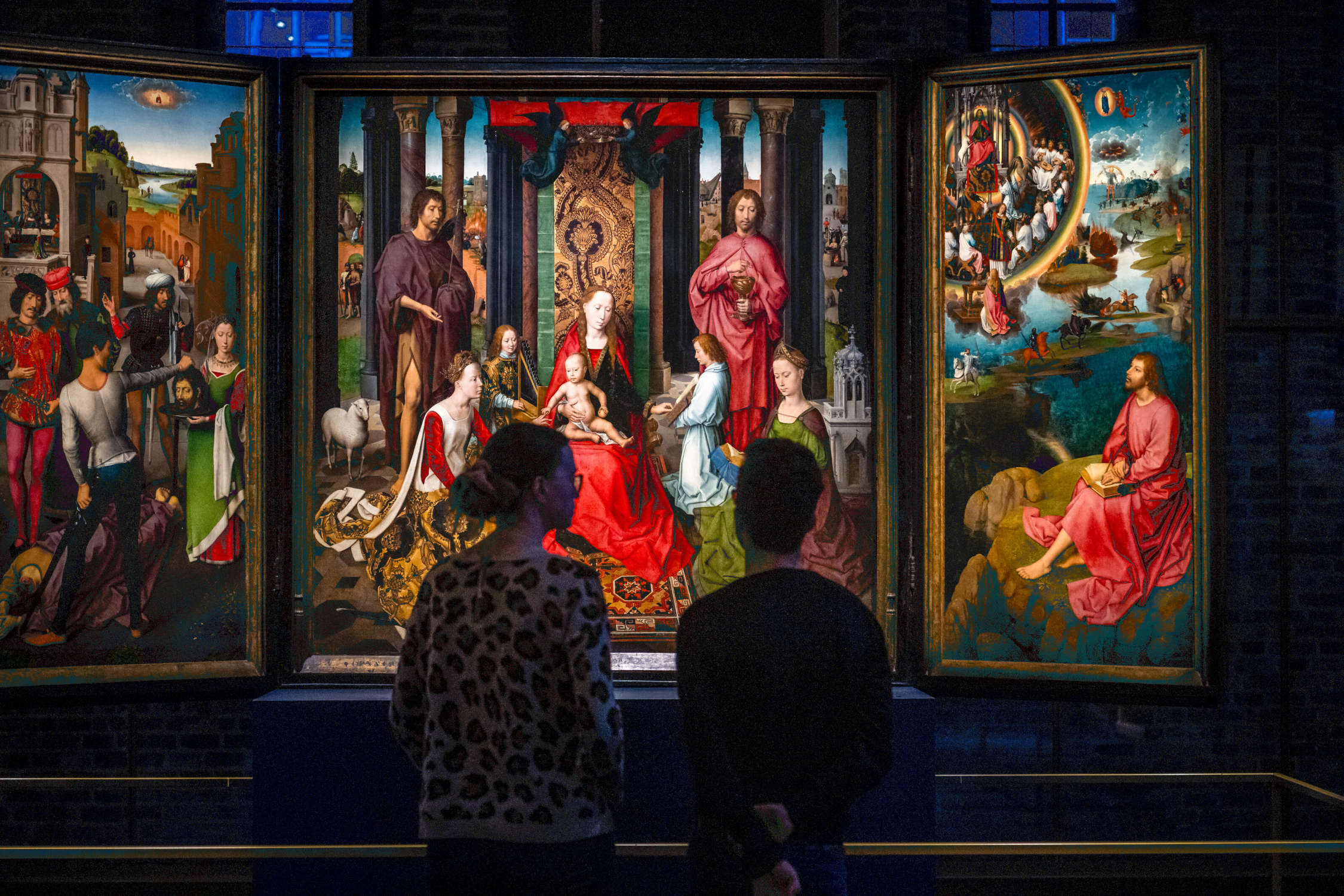
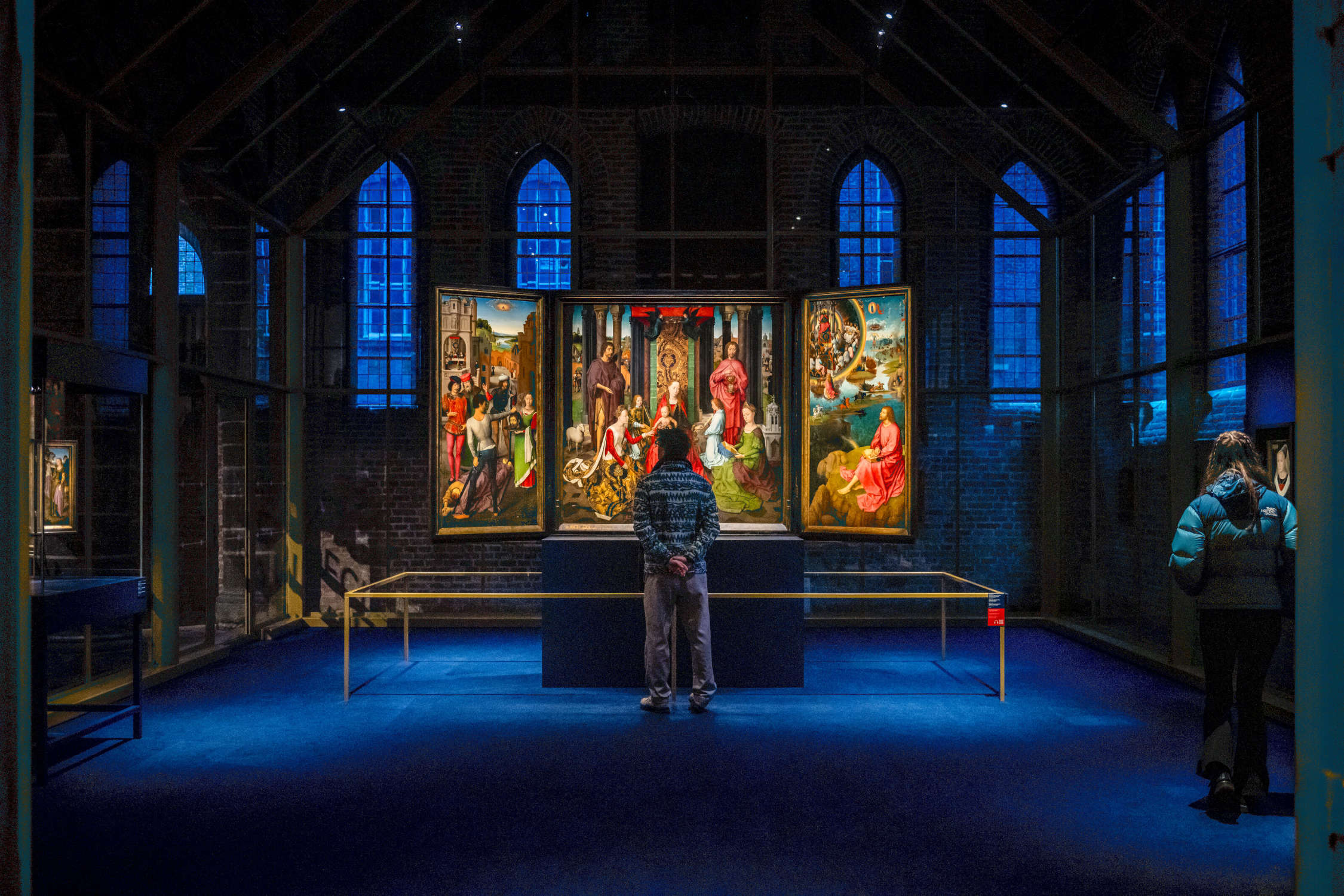
The tour continues with theHof Bladelin, a medieval palace with an articulate history behind it rooted in the figure of Lorenzo the Magnificent and his wife Clarice Orsini (their medallions can still be admired in the palace's bank room): it was in fact the seat of the Banco Mediceo in the late 15th century. The Hof Bladelin retains the atmosphere of past grandeur: particularly noteworthy are the six polychrome stained glass windows on the facades, the work of the studio of Jules Dobbelaere of Bruges. Also of great interest are the 15th-century keystones, which symbolize the artistic and political power of the time. The Classicist chapel is worth a stop, especially to admire the majestic Pair of Angels sculpted by Laurent Delvaux.
The city's religious heritage is symbolized by the Church of Our Lady ( Onze-Lieve-Vrouwekerk), considered an architectural masterpiece that holds important works of art, including Michelangelo's Madonna and Child . Its 115.5-meter-high brick tower is the second tallest in the world. The interior is equally superlative: the mausoleum of Mary of Burgundy and her father Charles the Bold, a perpetual tribute to these central figures in history, are located here.
An architectural element unique in Europe is the magnificent oratory of Lodewijk van Gruuthuse: a corridor connects the chapel directly with the adjacent Gruuthuse Palace, an obvious symbol of wealth and social status at the time. Among the works of art recognized as Flemish masterpieces is the Passion Triptych, attributed to Bernard van Orley and Marcus Gheeraerts: the central panel depicts the crucifixion of Christ, while the side panels illustrate episodes such as the scourging, the way of the cross, the descent into hell, and the mourning. In the immediate vicinity is the Gruuthuse Museum, an imposing town hall that displays a fine selection of arts and crafts, including wood carvings, Burgundian manuscripts, lace and Chinese porcelain. Lodewijk van Gruuthuse's motto, "Plus est en vous" (There is more in you), greets visitors at the entrance. Curiously, the word "gruut" referred to the medieval spice mixture sold here, which, before hops were used, gave beer its bitter taste and improved its preservation.
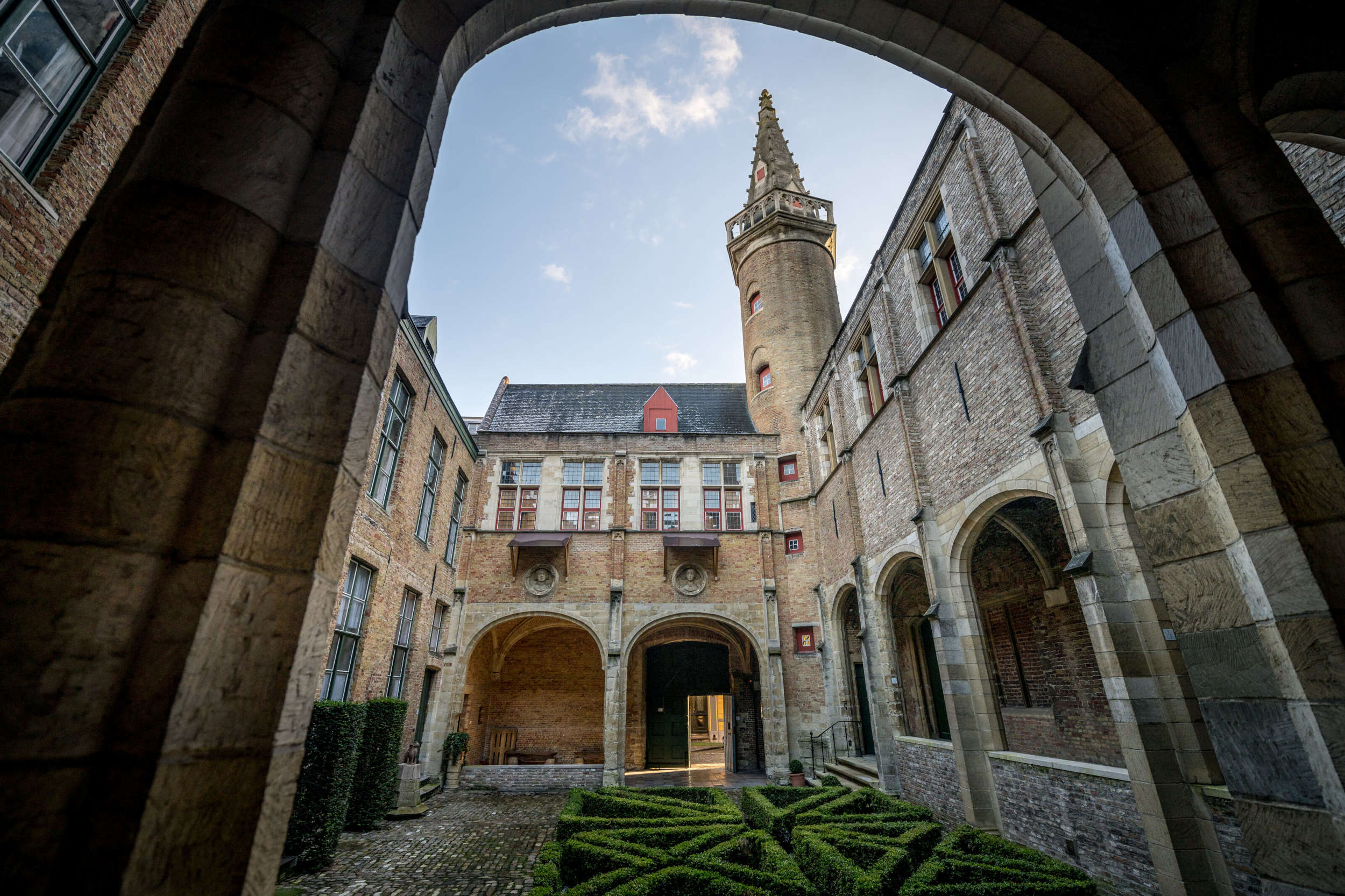
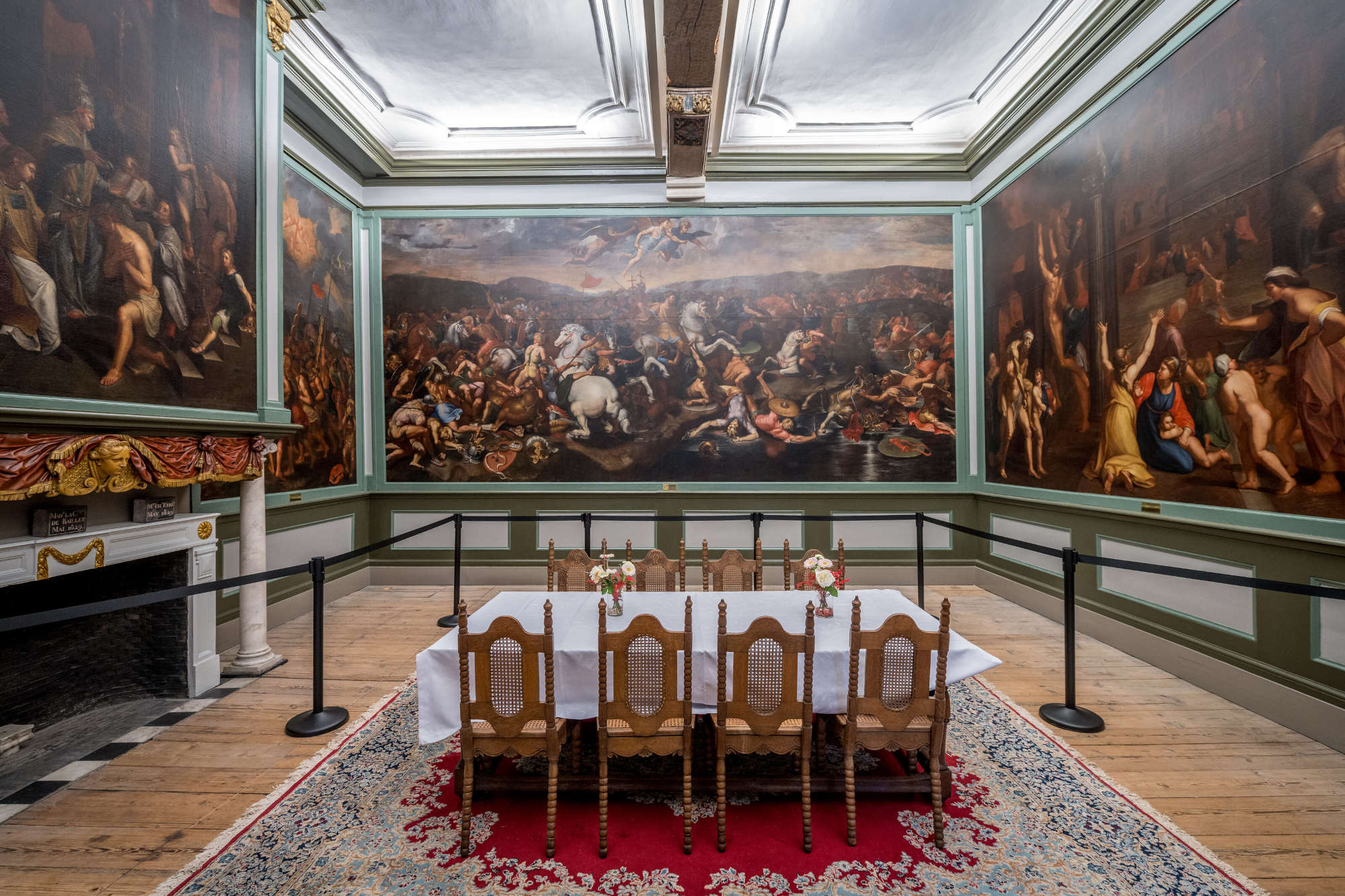
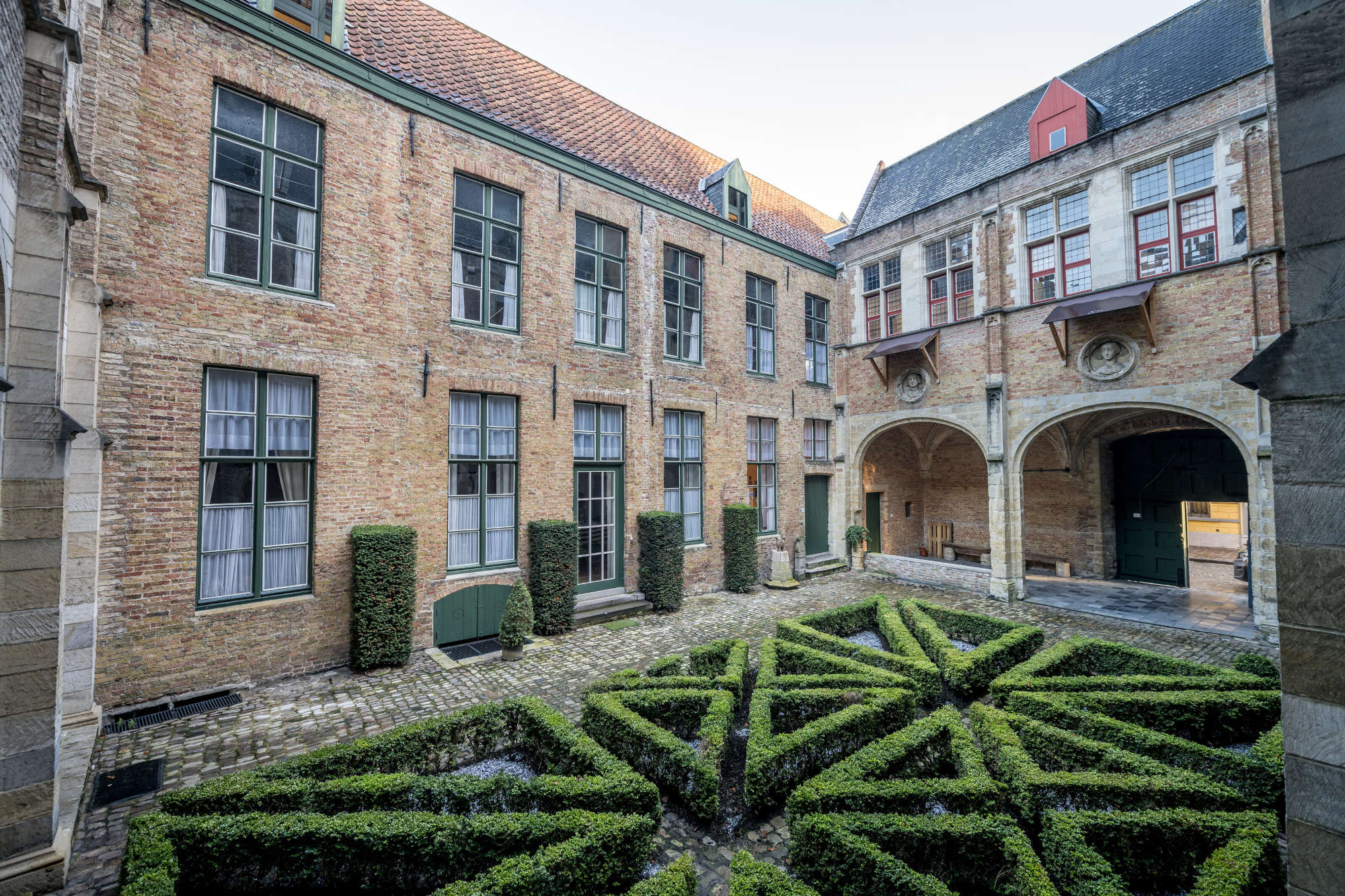
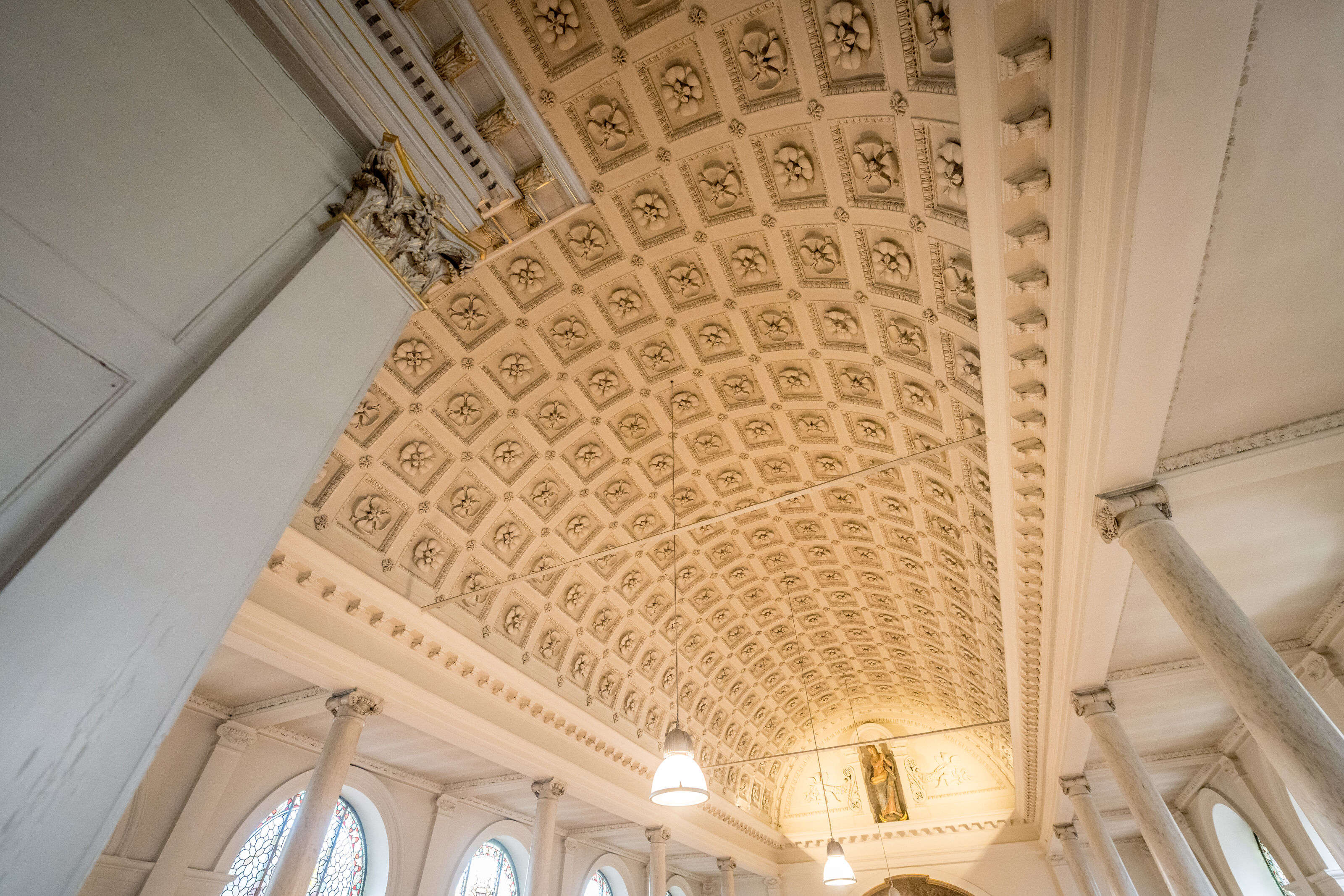
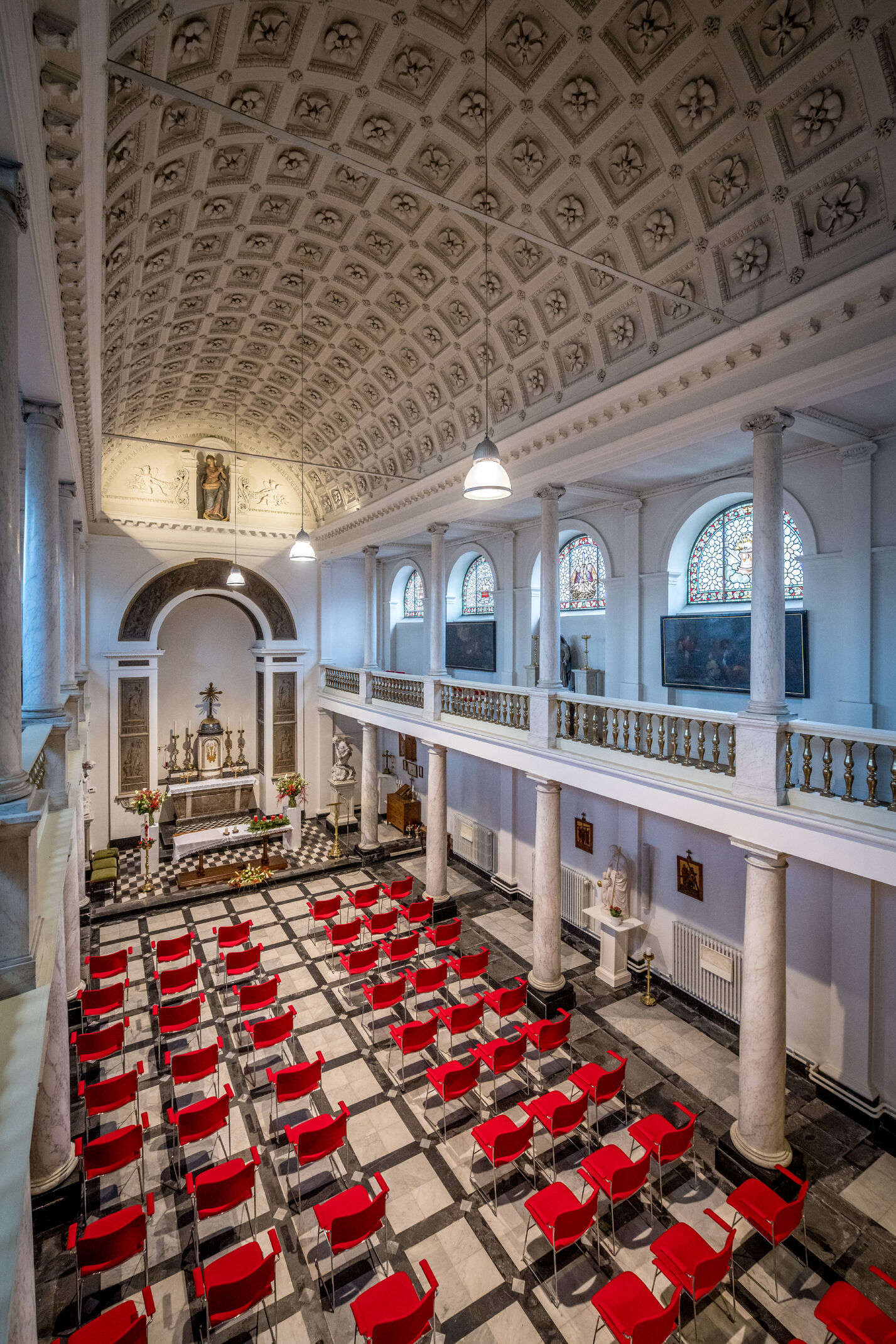

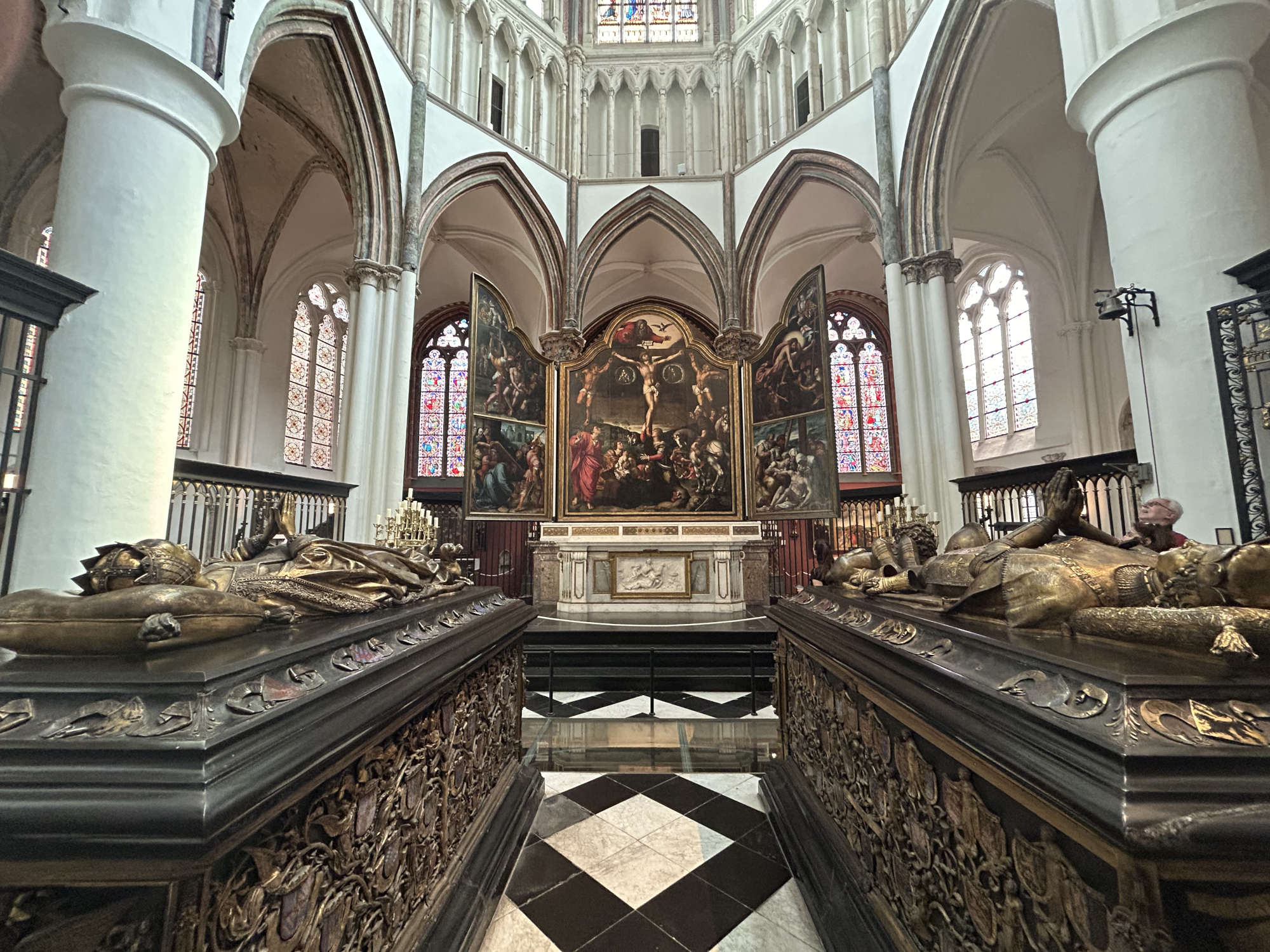
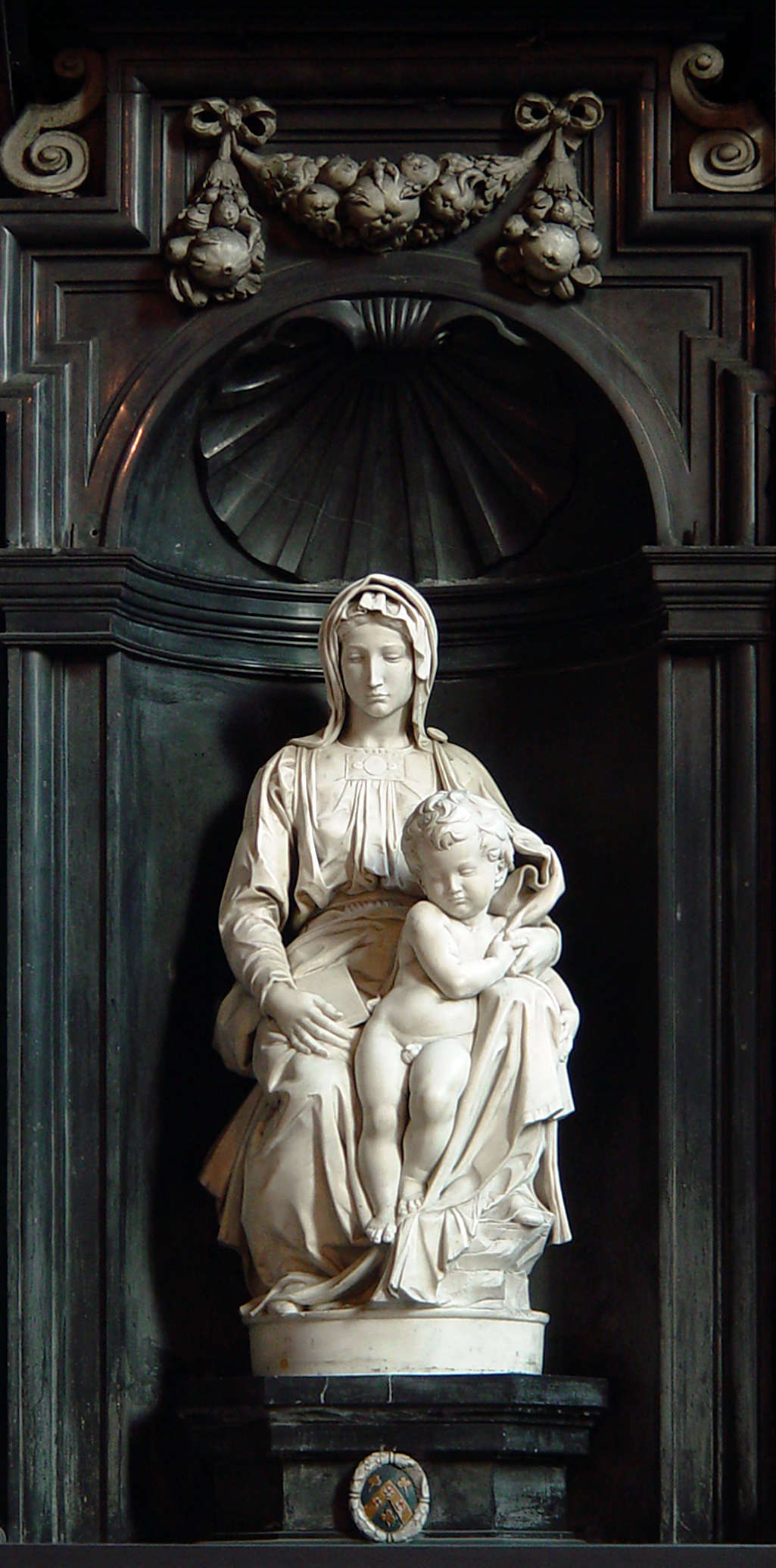
Also worth a visit is the Discalced Carmelite Complex, a historical gem both inside and out, which began with the noble residence known as the "Hof van Uytkerke," featuring a stepped facade. Then, in the 17th century, the Carmelites transformed the building into a center of spirituality. The focal point of the interior is the marble high altar, the work of Jacob de Coster, a sculptor from Bruges who left his mark on several parts of this protected monument. You can explore authentic monastic life through the Sacred Books/Secret Libraries guided tour, a spiritual journey that takes its cues from books.
Although the entire center of Bruges offers the impression of time travel, theHistorium offers the most intense exploration of the city in the 15th century, a time when Bruges was one of the most influential economic and cultural centers in Europe. Through the innovative use of augmented reality, the Golden Age is brought to life in different ways: visitors can follow the engaging story of Jan van Eyck's apprentice, experience a virtual flight through medieval architecture, and enjoy a 360-degree perspective on Bruges. In the immediate vicinity rises the Belfort, the city's icon: climb the 366 steps of the 83-meter-high tower and you are rewarded with an exceptional view.
As for museums, the Musea Brugge institute runs many of the central sites on this tour, including the Groeningemuseum, Gruuthusemuseum, St. John's Hospital Museum, and the Belfort. Visitors who wish to explore the museum network in depth can opt for the Musea Brugge Card, which grants access to all open venues for a period of 72 hours. If the card is purchased online, it is activated only when first used and can be activated up to one year after purchase. Despite owning the Card, it is recommended that you reserve online the specific time slot for each museum you intend to visit.
The artistic and historical experience of Bruges also expands outside the main route. For example, Loppem Castle, a neo-Gothic castle preserved in its original state since 1860, which housed the headquarters of the Belgian army during World War I: The building preserves a stained-glass window with a Pieta dating from 1460, probably to be attributed to a pupil of Rogier van der Weyden. The castle, surrounded by a romantic English-style park, is easily accessible by bicycle from Bruges. For those looking for modern art, the Permeke Museum in Jabbeke, although further afield, offers an opportunity to discover the multifaceted works of Constant Permeke, with a permanent exhibition set up in his former residence. Finally, the water element remains central to Bruges' identity. A boat ride on the canals, a hallmark of the city since time immemorial, offers an opportunity for memorable shots.

